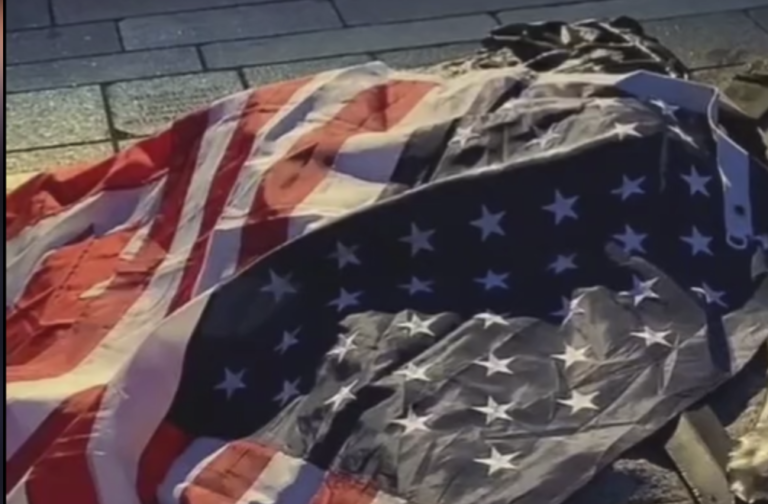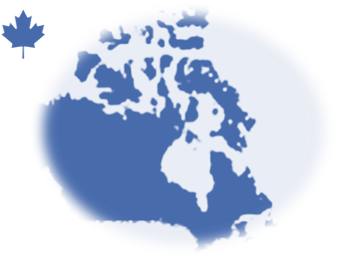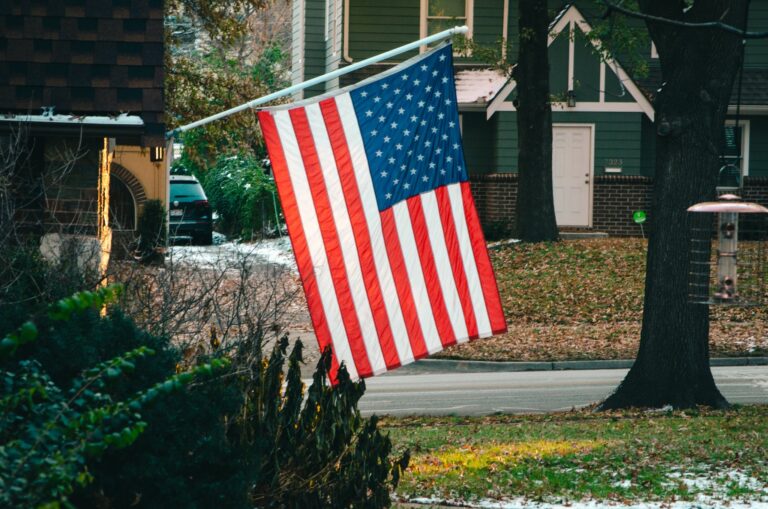Canada and other nations are suffering a significant reduction in recruitment and retention of personel in their militaries. Canada’s authorized regular force strength of 67,000, currently has more than 10,000 positions unfilled. Canadian Army, Lt. Gen. Joe Paul, admitted his soldiers are feeling squeezed. This is due to a current shortage of personnel coupled with increased demands both abroad and here in Canada. Approximately 1,400 Canadian Armed Forces (CAF) members are deployed in support of Operation REASSURANCE, in Latvia, making it Canada’s largest current international military operation, In 2022,Justin Trudeau announced an agreement with Latvia in June to essentially double the size of the 2,000-soldier battle group that Canada has been leading since 2016 by turning it into a brigade. “Atypical Trudeau – liberal stategy, – Commit Canada’s forces without giving them the resources and equipment to do the job.” (author)
One of the issues pointed out by Gen. Paul was the demands on the military to react and support emergencies in Canada. In his words ,” As for the demands for domestic operations, the CAF – the Army in particular – has seen a steady increase in responding to natural disasters across Canada over the past two decades. While the sight of military vehicles and personnel assisting in sandbagging riverbanks during floods or carving up downed trees with chainsaws after a hurricane are excellent public relations gestures, the fact is this is not a responsible use of combat professionals.
Solutions
One
Understanding that Canadians expect a national response to disasters, and recognizing the waste in using the military for this purpose, Canada should create an organization that addresses this need The organization could be an outgrowth of the Military Reserve system. Essentially a non-military function of the reserve forces, trained and equipped to react to natural disasters. Consider selecting specific units of Canada’s 185 active Army, and Navy reserve units, and creating parallel non-military units. One military, one not. The military reserve unit acts as they always have while the non-military units are tasked for non-military national emergencies. NOTE – Junw 2023, – The Canadian Parlaiment has decided to consider this plan.
Non-Military Reserve units
Recruits for the non-military reserve (called the ‘Volunteer Reserve’ will not be required under any circumstances to be deployed in Canada’s armed forces
The Volunteer Reserve will be equipped and directed by the Provincial Legislatures. Depending on Provincial priorities, Reserves may be equipped to react to forest fires, floods, search and rescue (land or water), or combinations or these. The number, locations, purpose and distribution of these units will be determined by the provinces.
In case of deployment to emergency situations , Volunteer Reservist’s jobs will be protected by law.
If in some cases there are not, in some provinces or territories, sufficient reserve units from which to build additional, needed volunteer units, then disbanded units could be redeployed or new units created.
Two
Solutions for the active forces. First with the introduction of the Volunteer Reserve, the active military can train and deploy, only as a fighting military force Then, the Government must acknowledge the Elephant in the room. A modern professional army must be treated and equipped as such. Starting with base infrastructure, modern equipment, modern technology, competent leadership and finally a respectful path for their return to civilian life. This includes physical and mental healthcare
First Canada must actually implement its commitment to a 2% GDP expenditure for our military.
Cost Savings
The boondogle that is the Canada’s National Shipbuilding Strategy is misguided, wasteful and not in line with Canada’s interests
Issues with our Shipbuilding Strategy
Wrong Ships
Canada is planning on building 15 large and costly Frigates
Parliamentary Budget Officer Yves Giroux now forecasts that construction costs could hit $84.5 billion — a nine per cent increase over the watchdog’s last estimate in 2021. If that estimate is correct, each of those frigates could cost Canada more than what Britain paid recently for each of its two new aircraft carriers.
Wrong Job
Even Canada’s Navy acknowledges that the primary purpose for these ships is to sail in international fleets protecting American and British Aircraft Carriers. Their stated role is “to conduct advanced anti-submarine warfare missions while supporting air defence and general purpose operations” Translation – Act as a submarine screen for an Aircraft Carrier task Group and provide area air defence for same”. As generous and noble as it is for Canada to provide this FREE service to our allies, Should we not be using such an expensive resource to do something useful for Canada first
OK I get it, we are committed. But are we committed to 15 Type 26 Frigates? How about two or maybe three. That would put a huge amount of money back in the pot. Money that could be used to build Navy Ships for Canada.
Let’s take the position that the Canadian Navy is not a vassal service to their American lords and that the greatest honour bestowed to the captain of a Canadian Ship isn’t to get a well done from an American Admiral. Lets assume that protecting Canada is his or her greatest reward, and let’s build ships designed to do that
Lets build smaller, Cheaper ships, with all of the same bells and whistles currently promised for the Type 26 ships except at 110- 120 meters instead of 140 meters plus. Much Cheaper ships with a crew of 60 to 80 rather than 160. Instead of Large Frigates lets build more large Corvettes. Ships built for Littoral waters designed to protect our coasts plus patrol strategic areas like the GIUK Gap, conduct anti-piracy and anti-smuggling This makes the ships far cheaper and the need for crew much reduced, which both saves money and addresses manpower shortages
Opportunity
Cancel the purchase of the Queenston class ships. Purchase 4 Resolve class AORs for the price of 1 Queenston class and use the money saved from the second Queenston Class AOR to build a second Diefenbaker-class icebreaker.
Current plan
2 X Queenston Class @ CAD$4.1 Billion each (20200 Billion. 2 X Diefenbaker Icebreaker @3.6 Billion = 7.25 Billion
New Plan
- Canada does not have and will likely never have large warships that need large amounts of fuel or supplies. Ie. Smaller ships and smaller crews = less supplies required. (SEE PROPOSAL 2)
- It is more efficient to have 7000 tons of fuel available in each of four places than to have 10,000 tons in two.
- PLUS four AORs means a greater potential to have a ship available to provide humanitarian support in disaster situations such as Indonesia, Japan, New Orleans, Haiti etc.
- The original requirement of the Canadian Coast Guard was for two large Icebreakers. This was reduced for economic reasons.
- 4 X Resolve Class @ CAD$270 – 320 Million = $1.2 Billion 2 X Diefenbaker Icebreaker @$7.25 Billion = 9.4 Billion
Opportunity
Maintain the purchase of a minimum number of type 26 Frigates ( 2-6 max)
Build 12-14 smaller ships such as the C-Sword 90 Corvette
Type 26
7000 tons
ASW/AA/AS
Crew 140
Length 145 meters
Range 6000 nm
2023 cost 5.6 Billion each
C-Sword
2500 tons
ASW/AA/AS
Crew 65
Length 90-110 meters
Range 7000 nm
Cost 400 million each
Summary
Summary – 2 Replenishment ships + 2 IceBreakers for $15.4 Billion or 4 AORs and 2 Icebreakers at a cost of 9.4 Billion or 6 ships for less than the price of 3.
Summary
15 Frigates for $85 Billion
4 Frigates @ 22.4 Billion Plus 14 Corvettes @5.6 Billion
18 Ships for the cost of 5





